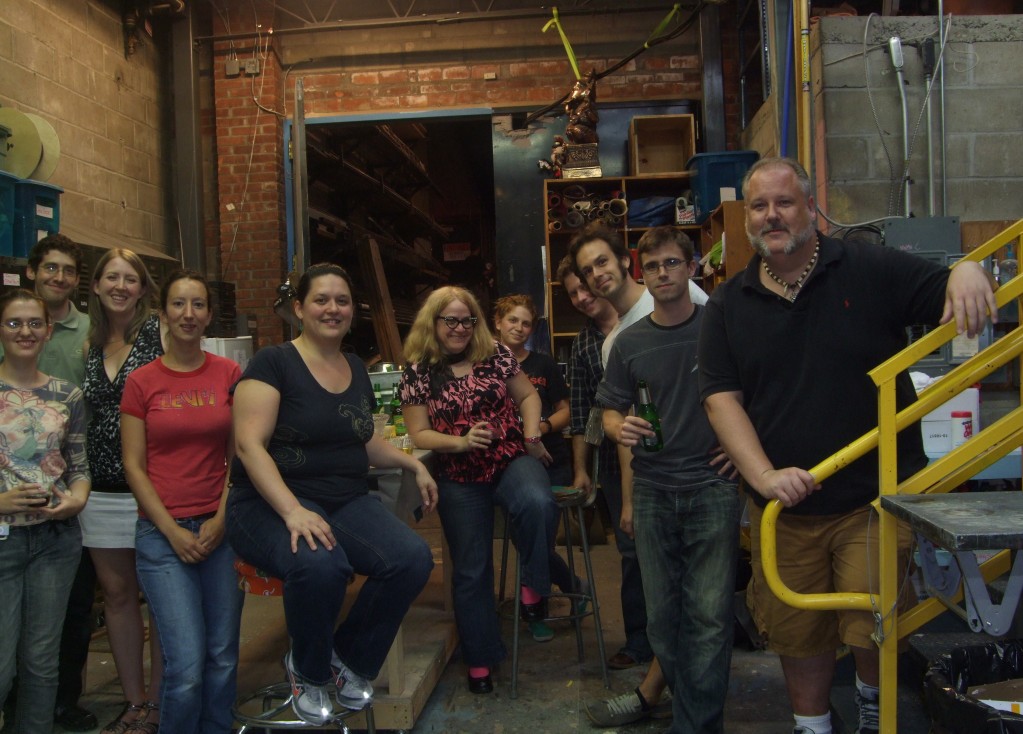As the year draws to a close, I wanted to remember some of the people who have passed away in 2015. These are either people who work in our industry or do work closely related to our own. If I have missed anyone, let me know.
Eddie Aiona, props master for Clint Eastwood, died at 83. Aiona first worked with Eastwood on Magnum Force (1973), and propped all his films until retiring after The Bridges of Madison County in 1995. He also propped films for directors like Martin Scorsese, Sydney Pollack, John Carpenter and Robert Redford.
Blaine Gibson, sculptor of figures in Disney Parks, died at 97. Gibson sculpted hundreds of the figures used for Disney’s Audio-Animatronics, including the first one, Abraham Lincoln. His work also included characters in the Pirates of the Caribbean ride, the Haunted Mansion, and It’s a Small World.
George Barris, Batmobile Creator, died at 89. Barris worked on some of the most iconic cars in Hollywood, including the aforementioned Batmobile from the 1960s Batman with Adam West . He also built the Munster’s Koach and worked on cars for Knight Rider, Mannix and North by Northwest.
Mark Gill, Macy’s Parade Studio, 32. Mark was a props carpenter at Julliard before leaving to work on the floats for the Macy’s Parade. His wife was in props as well, working as the props master at NYU while I was at the Public Theater (and just a few blocks over). Both of them attended the inaugural NYC Props Summit in 2009. His death was far too soon, and he will be missed greatly.


